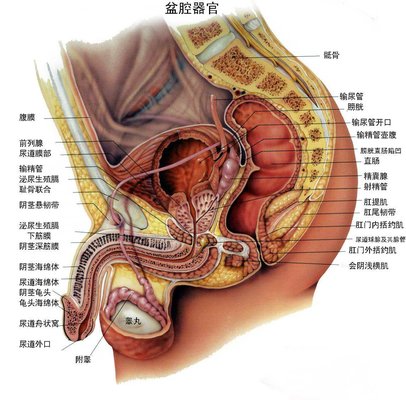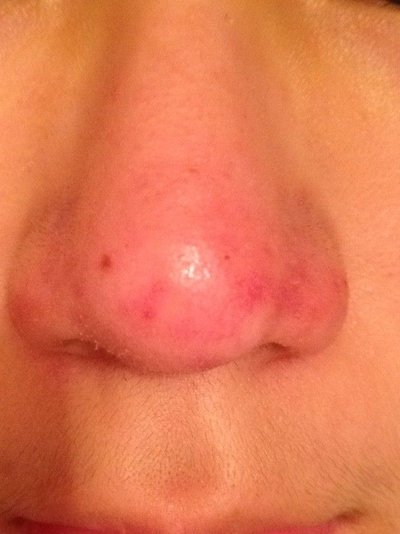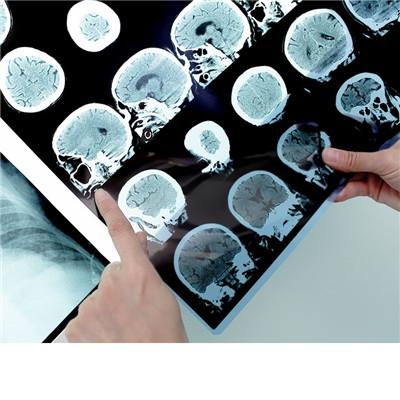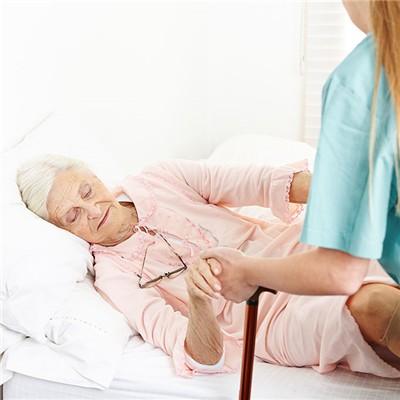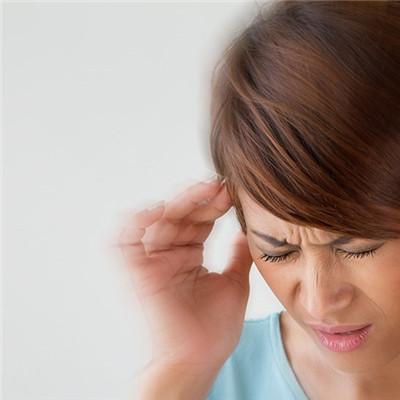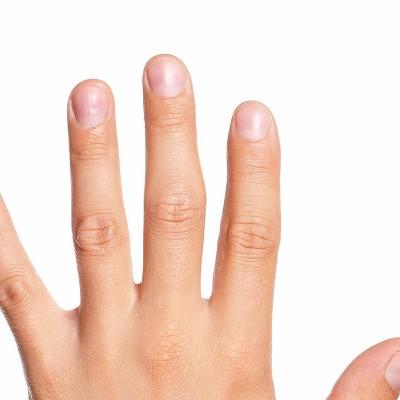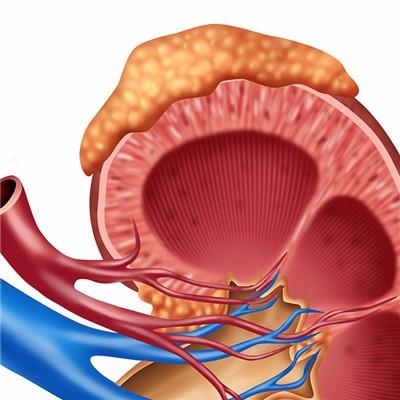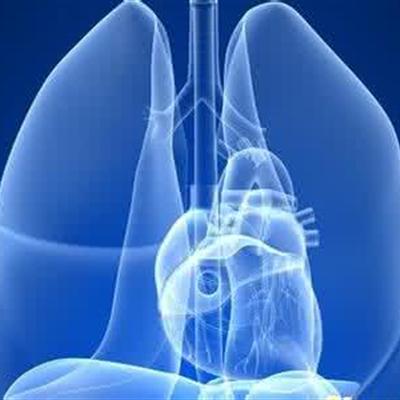Parkinson's disease symptoms?
summary
Parkinson's disease is a common neurodegenerative disease, which is common in the elderly. The average age of onset is about 60 years old. It is rare in young people under 40 years old. The prevalence of PD is about 1.7% in people over 65 years old in China. Most patients with Parkinson's disease are sporadic cases, and less than 10% of them have family history. Parkinson's disease symptoms? Let's talk about it
Parkinson's disease symptoms?
The onset of Parkinson's disease is insidious and its progress is slow. The first symptom is usually tremor or clumsy movement of one limb, which affects the contralateral limb. The main clinical manifestations were static tremor, bradykinesia, myotonia and postural gait disorder. In recent years, more and more people have noticed that depression, constipation, sleep disorders and other non motor symptoms are also common complaints of patients with Parkinson's disease, and their impact on the quality of life of patients is even more than motor symptoms.
Tremor is the first symptom in about 70% of the patients, which mostly starts from the distal part of one side of the upper limb. It appears or is obvious when it is still, alleviates or stops when it moves freely, intensifies when it is nervous, and disappears after falling asleep. The static tremor of hand was aggravated during walking. The typical performance is "rub pill" tremor with frequency of 4-6hz. Some patients may have postural tremor. The typical chief complaint of the patient is: "one of my hands often shakes. The more I put it down, the more I shake. I don't shake when I work to get things. I shake a lot when I meet strangers or when I'm excited. I don't shake when I fall asleep. "
The examiner can detect obvious resistance when moving the patient's limbs, neck or trunk. The increase of resistance is uniform in all directions, which is similar to the feeling of bending a soft lead tube. Therefore, it is called "lead pipe rigidity". When patients have limb tremor, they may pause intermittently in the uniform resistance, such as rotating a gear, so it is called cogwheel rigidity. The typical chief complaint of the patient is "my limbs are stiff." In the early stage of the disease, sometimes myotonia is not easy to be detected. At this time, the patient can actively move one limb, and the muscle tension of the affected limb will increase.
matters needing attention
There are no special dietary requirements for patients with Parkinson's disease. The patients taking levodopa preparation should be separated from the meal, and should take the drug one hour before or one and a half hours after the meal. Patients with constipation should drink more water and eat more food rich in fiber. Proper exercise is helpful for the functional recovery of patients. Recent studies have shown that Taijiquan is helpful for the balance function of patients. In the early stage, patients can take care of themselves, but in the middle stage, most patients need some help. Terminal patients need care in their daily life. Patients with dysphagia and drinking water coughing can be given nasal feeding diet. Long term bedridden should turn over and pat back regularly to avoid the occurrence of bedsore and falling pneumonia. Patients with urinary incontinence need catheterization.
